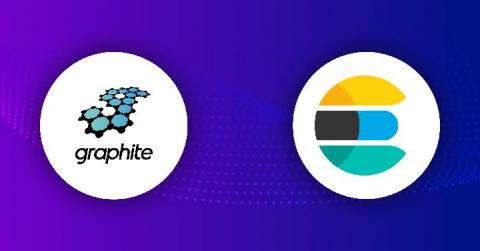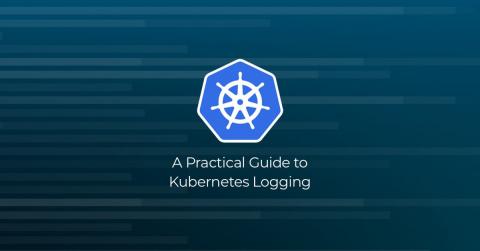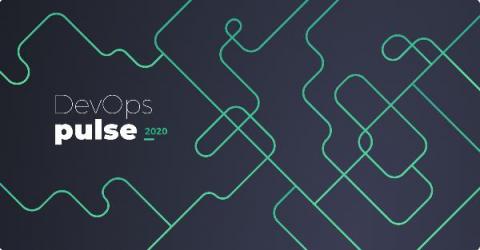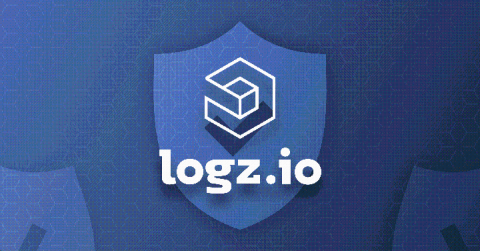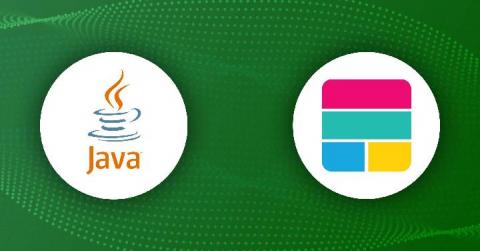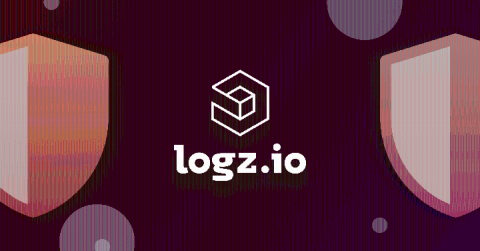Secure Your Endpoints with ESET and Logz.io
Watching too many movies might give you the impression that cyber attacks are launched by well-funded masterminds able to control the internet at their whim. But really, successful attacks can be as simple as disguising some malicious software as a link to an often-used site, and tricking people into clicking it, known as phishing. The result is that many cyber attacks are carried out by taking advantage of unsuspecting end users.



